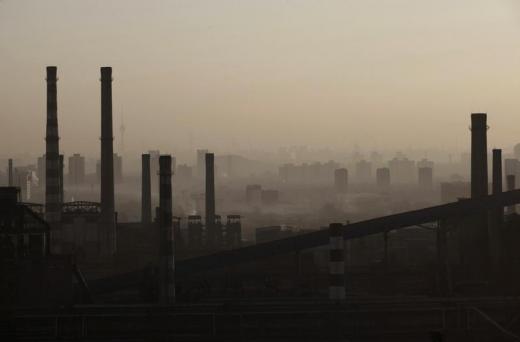Steel and iron prices fell sharply this week in Asian Trade as the close of the first quarter of the financial calendar nears. A Wall Street Journal article by Biman Mukherji, reports that, “Shanghai steel-rebar futures for delivery in May slipped 3.9% to 3,292 yuan a metric ton (US$478.66), while iron-ore futures on the Dalian Commodity Exchange for the same month’s contract dropped 4.7% to 637.5 yuan a ton. China’s steel and iron-ore futures are global benchmark contracts for the commodities.”¹
This past Friday there was a housing loophole that was closed in Beijing. The loophole allowed for “fake divorces” and benefited couples who divorced and remarried in order to secure first time home purchasing benefits. The Chinese government is becoming increasingly concerned about a rise in credit risk in the housing market.
“The housing issue in China is driving the weakness in bulks, steel and iron ore,” said Daniel Hynes, commodities analyst with ANZ Bank.¹
Since reaching a 4-year high in mid-March, steel and iron prices have been retreating due to the slowing demand in the infrastructure sector. Iron and steel are down 13% and 11% respectively.
However, steel output has still been rising. A March 6th WSJ article says that overproduction of steel continues to challenge the country’s growth model. Not to mention is a global source of discontent. From that same article, “We can’t be blindly optimistic about the present situation,” Liu Zhenjiang, party secretary of the state-backed China Iron and Steel Association, told an industry conference in November. “Part of the reduction this year was of already unproductive capacity, which had been idle for a long time.”²
It sounds like China’s promise to curb steel capacity by 50 million tons may be on an early train in the opposite direction. Steel and other metals had rallied post-election as well when Mr. Trump emphasized his plan for greater spending on infrastructure. With the failed health bill though there are beginning to be some concerns as to whether his policies will actualize in the short term.
China’s volatility is something to keep an eye on as its large role as a producer could begin to effect other commodities as well. The country ranks among the top three producers of commodities ranging from aluminum to zinc. One of the issues for investors is that obtaining data from China can often be a guessing game as it can be difficult to get reliable production figures.
We will see how national scrap prices are fairing in our monthly Markets & Metals blog coming out next week.

